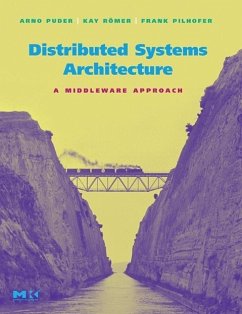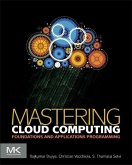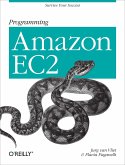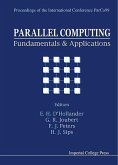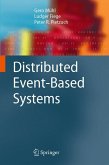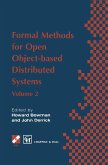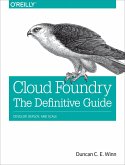Middleware is the bridge that connects distributed applications across different physical locations, with different hardware platforms, network technologies, operating systems, and programming languages. This book describes middleware from two different perspectives: from the viewpoint of the systems programmer and from the viewpoint of the applications programmer. It focuses on the use of open source solutions for creating middleware and the tools for developing distributed applications. The design principles presented are universal and apply to all middleware platforms, including CORBA and Web Services. The authors have created an open-source implementation of CORBA, called MICO, which is freely available on the web. MICO is one of the most successful of all open source projects and is widely used by demanding companies and institutions, and has also been adopted by many in the Linux community.
_ Provides a comprehensive look at the architecture and design of middleware?the bridge that connects distributed software applications
_ Includes a complete, commercial-quality open source middleware system written in C++
_ Describes the theory of the middleware standard CORBA as well as how to implement a design using open source techniques
Hinweis: Dieser Artikel kann nur an eine deutsche Lieferadresse ausgeliefert werden.
_ Provides a comprehensive look at the architecture and design of middleware?the bridge that connects distributed software applications
_ Includes a complete, commercial-quality open source middleware system written in C++
_ Describes the theory of the middleware standard CORBA as well as how to implement a design using open source techniques
Hinweis: Dieser Artikel kann nur an eine deutsche Lieferadresse ausgeliefert werden.
"Einstein famously posited, 'Everything should be made as simple as possible, but not simpler.' This modern corollary to Occam's Razor is often honored in the breach, especially the final three words, and especially in the IT industry. Distributed systems, like security and error handling, are inherently difficult, and no amount of layered abstraction will overcome that simple fact. A deep understanding of what makes distributed systems architecture different from monolithic systems architecture is critically important in a networked world of services such as that promised by Service Oriented Architecture, and Puder, Römer and Pilhofer deliver that deep understanding in a straightforward, step-by-step fashion, from the inside out?as simple as possible, but not simpler. Every application developer today is a distributed systems developer, and this book therefore belongs on the bookshelf of every developer, architect and development manager.? ?Richard Mark Soley, Ph.D., chairman and CEO, Object Management Group, Inc.

